Tag: mud
-
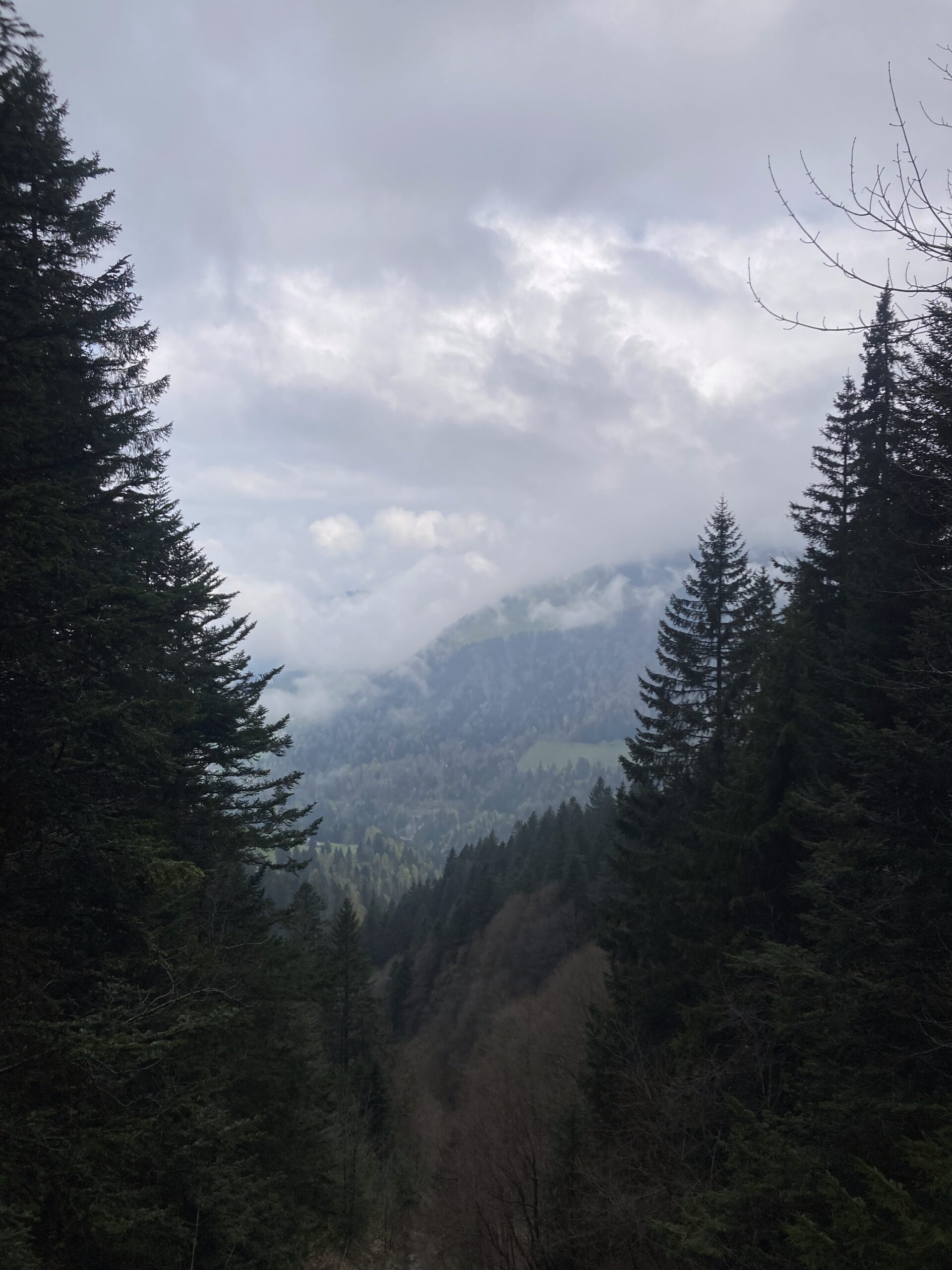
Rain and Serendipity
Reading Time: 2 minutesIt often rains for the entire rain of Caribana and this makes me happy. It makes me happy because when I complained to them about their noise pollution two or three years ago they gave me a boiler plate answer instead of doing something about it. I am currently staying away from…
-
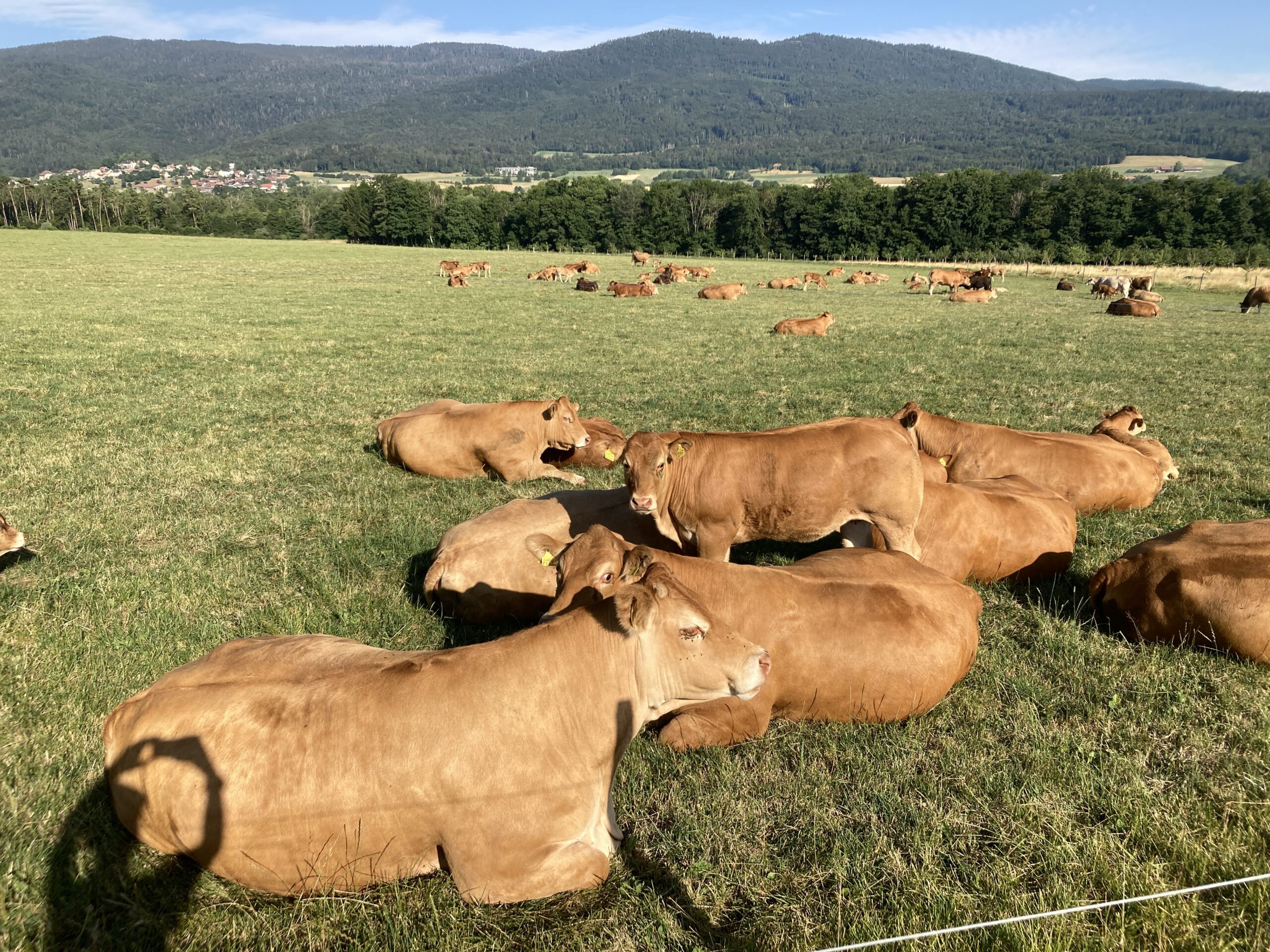
The Luxury of Walking Paths Away From Cars
Reading Time: 3 minutesI love to walk and cycle every day. I love to walk from home and not touch the car. This morning I refuelled the car and it cost 90 CHF for 44 litres or so. Every single time I refuel the car I get a shock. Petrol is expensive, and yet people…
-
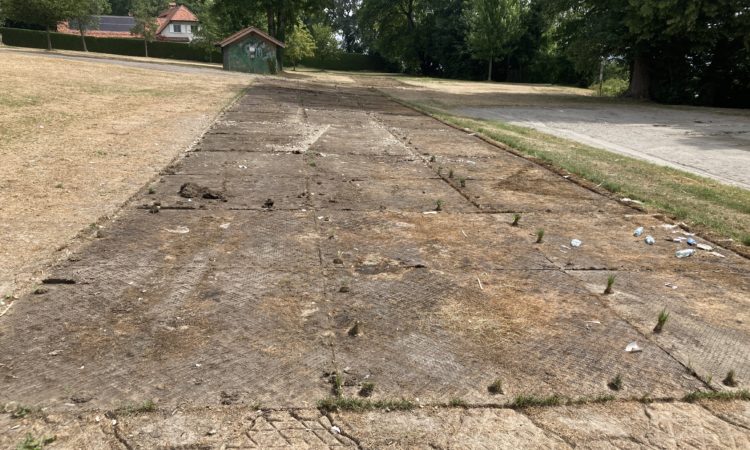
Flawed Thinking and Cleaning
Reading Time: 4 minutesThe Unilateral Solution I stopped making a mess because I came up with unillateral solutions, until I found the ideal one. I experimented with skewers to remove the mud from shoes, I experimented with rubber boots that I could rinse under a tap. I tried with spare shoes in the letter box. …
-
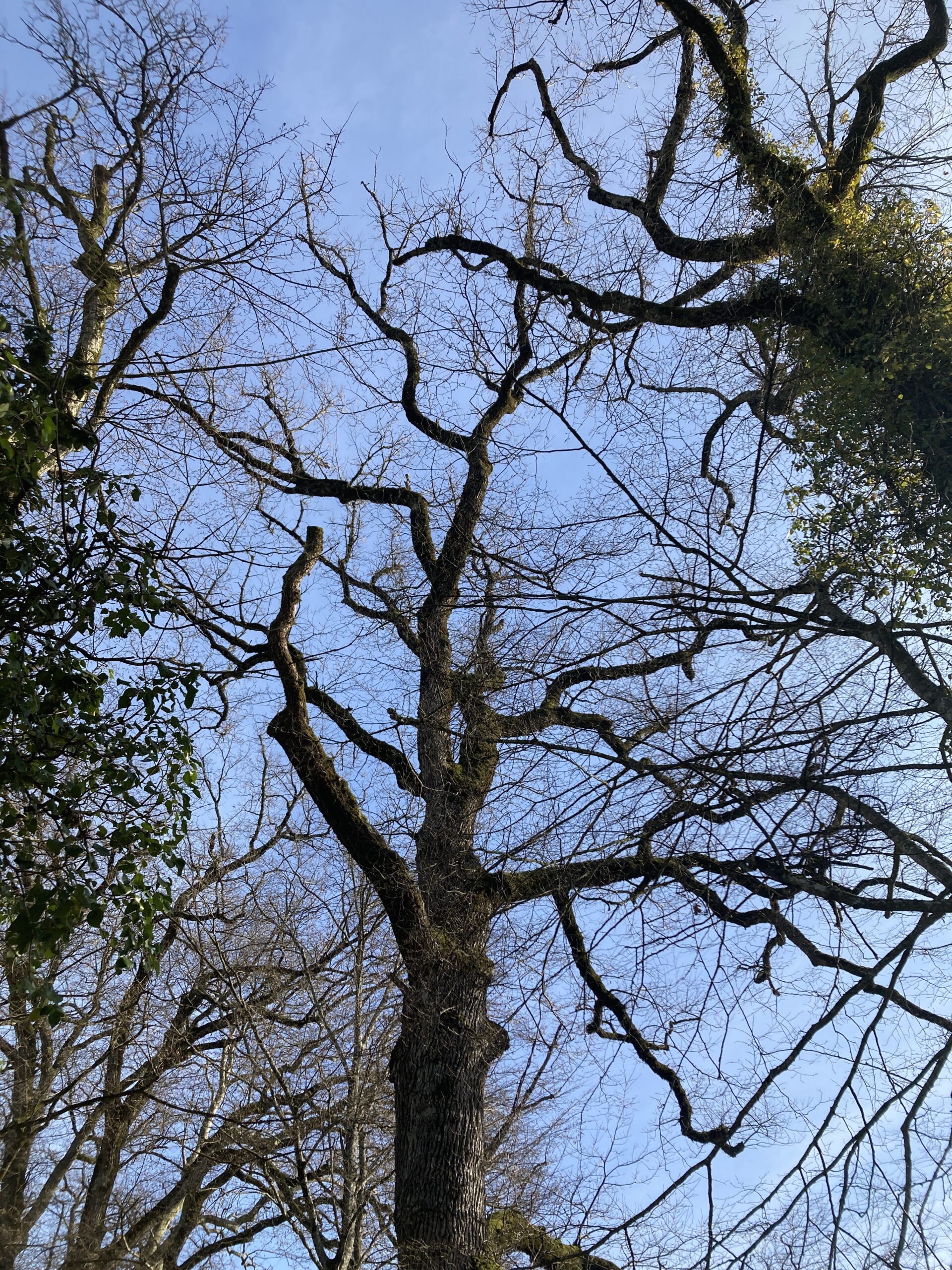
Dry Weather, Clean Shoes
Reading Time: 2 minutesWe’re having dry weather which means that I have clean shoes, once again. They cut the grass recently but rather than see greenery we see yellow. We’re in March and it already looks as if we’re un June/July, with how dry the landscape is. The sides of the road, where it was…
-
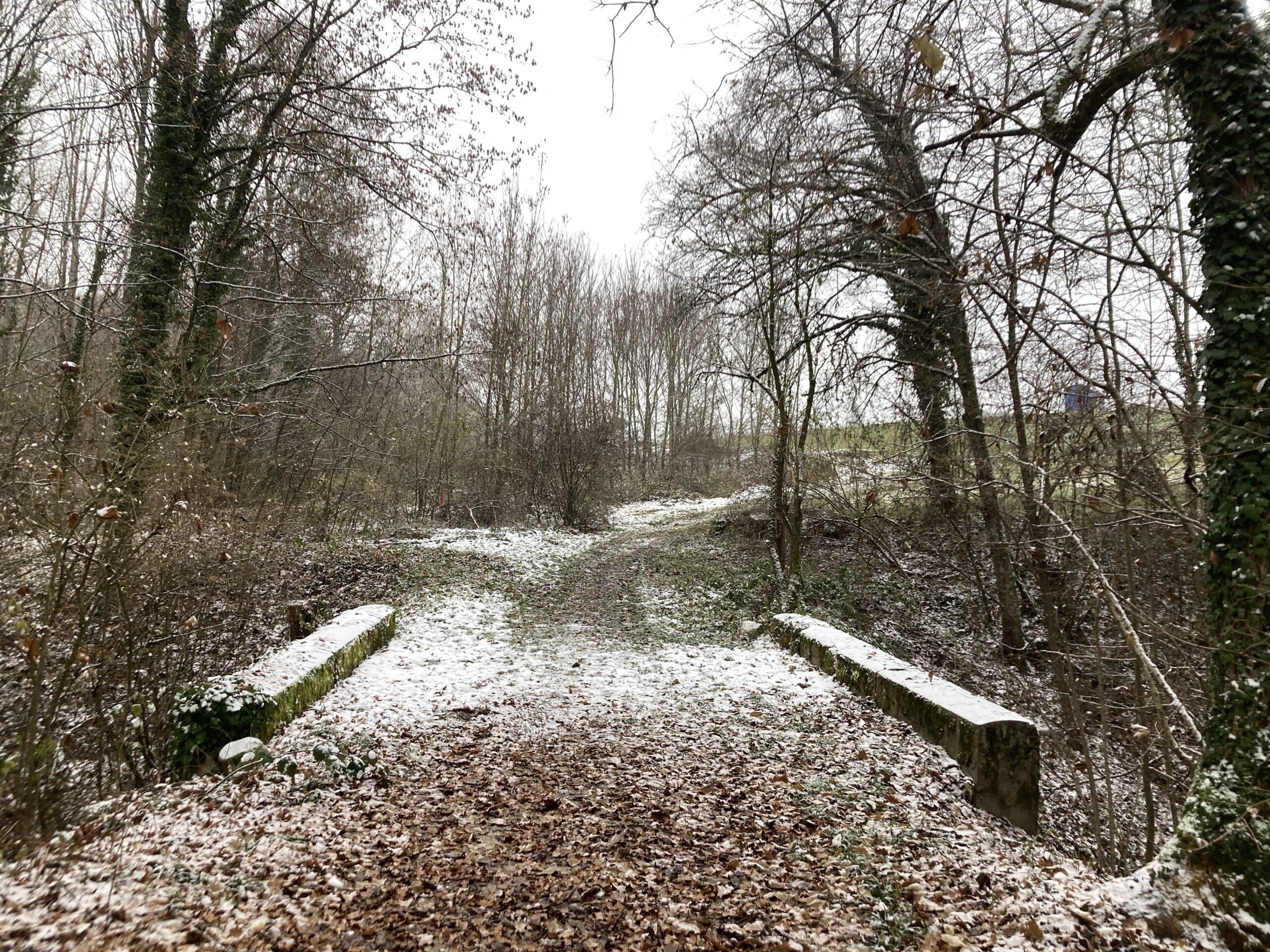
Mud and Walking
Reading Time: 4 minutesI go for walks, runs or bike rides every single day, whether it’s rainy, windy, snowy or a heatwave. As a result of this I often walk along routes where mud forms. Sometimes I come home from walks and my shoes are spotless, thanks either to a drought, or paradoxically due to…
-
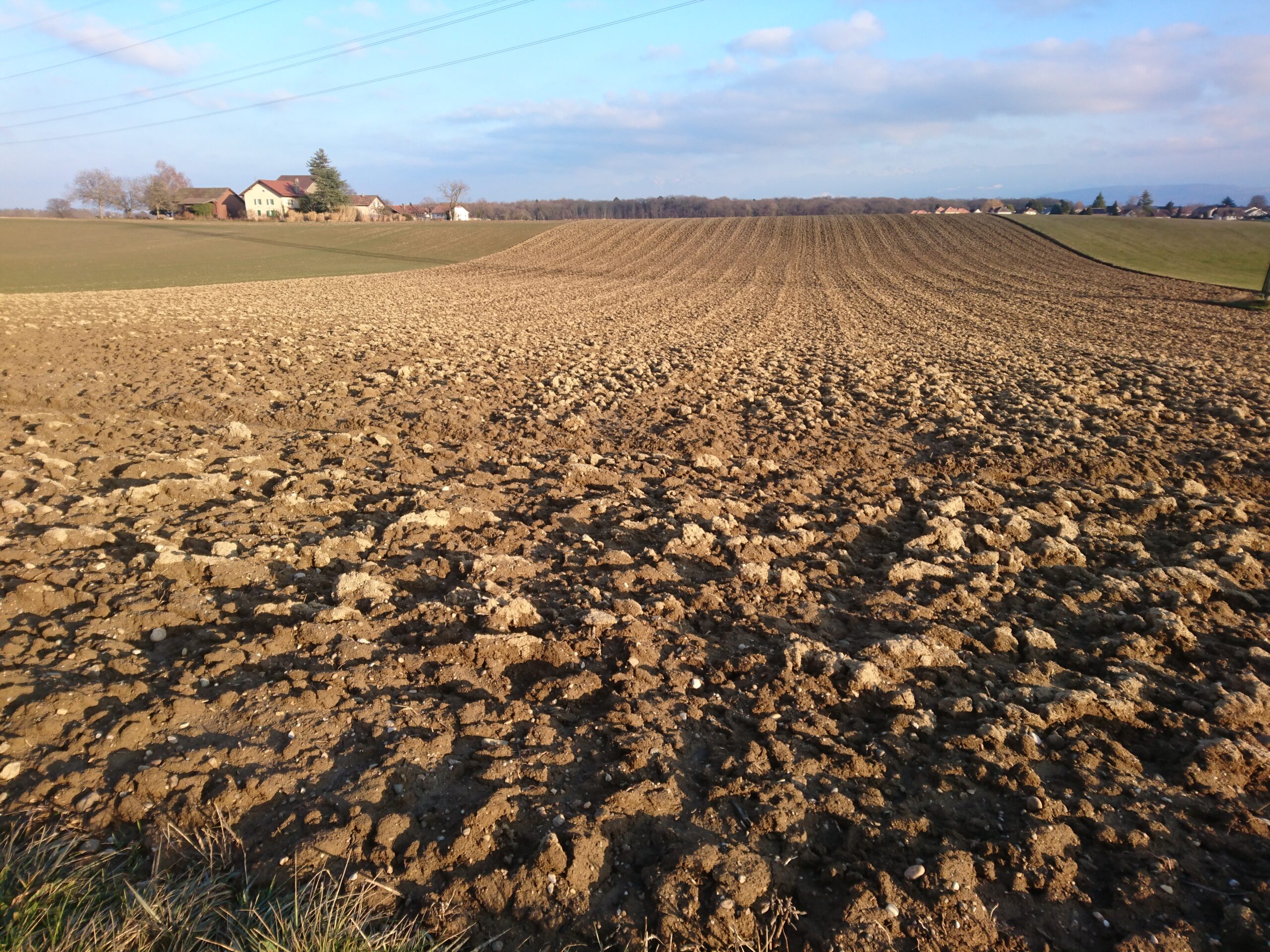
When Rain Doesn’t Show Up
Reading Time: 2 minutesThey forecast rain and I looked forward to going for a walk and having clean shoes as shoes are washed by the rain keeping shows slick. The rain didn’t come so my shoes got muddy and I stood by the tap trying to get the mud to drain away from between the…
-
The Season of Muddy Shoes
Reading Time: < 1 minuteWe are in a pandemic and I like to walk away from people. To do so I need to walk along muddy paths by the sides of roads, motorways and fields. In the process my shoes get covered in mud and I need to find ways of removing that mud. The…
-
Walking With Worn Shoes
Reading Time: 2 minutesAt the moment I am walking with worn shoes, not because I do not have shoes that are not worn, but because I do not want to walk with shoes that have good tread at this time of year, due to the mud that gets stuck in them. When I walk with…
-
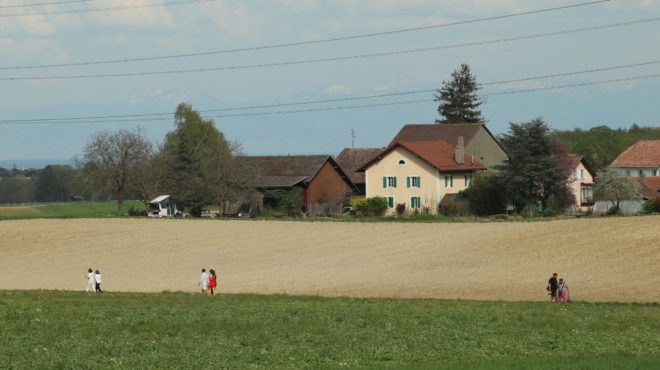
Walking Through Mud
Reading Time: 4 minutesIn normal times we can walk along clean paths, without walking through the mud because we can walk within a meter or two of people. During a pandemic though, the recommendation is to be at least two meters from people. Many agricultural paths are not that wide, especially when people walk two…